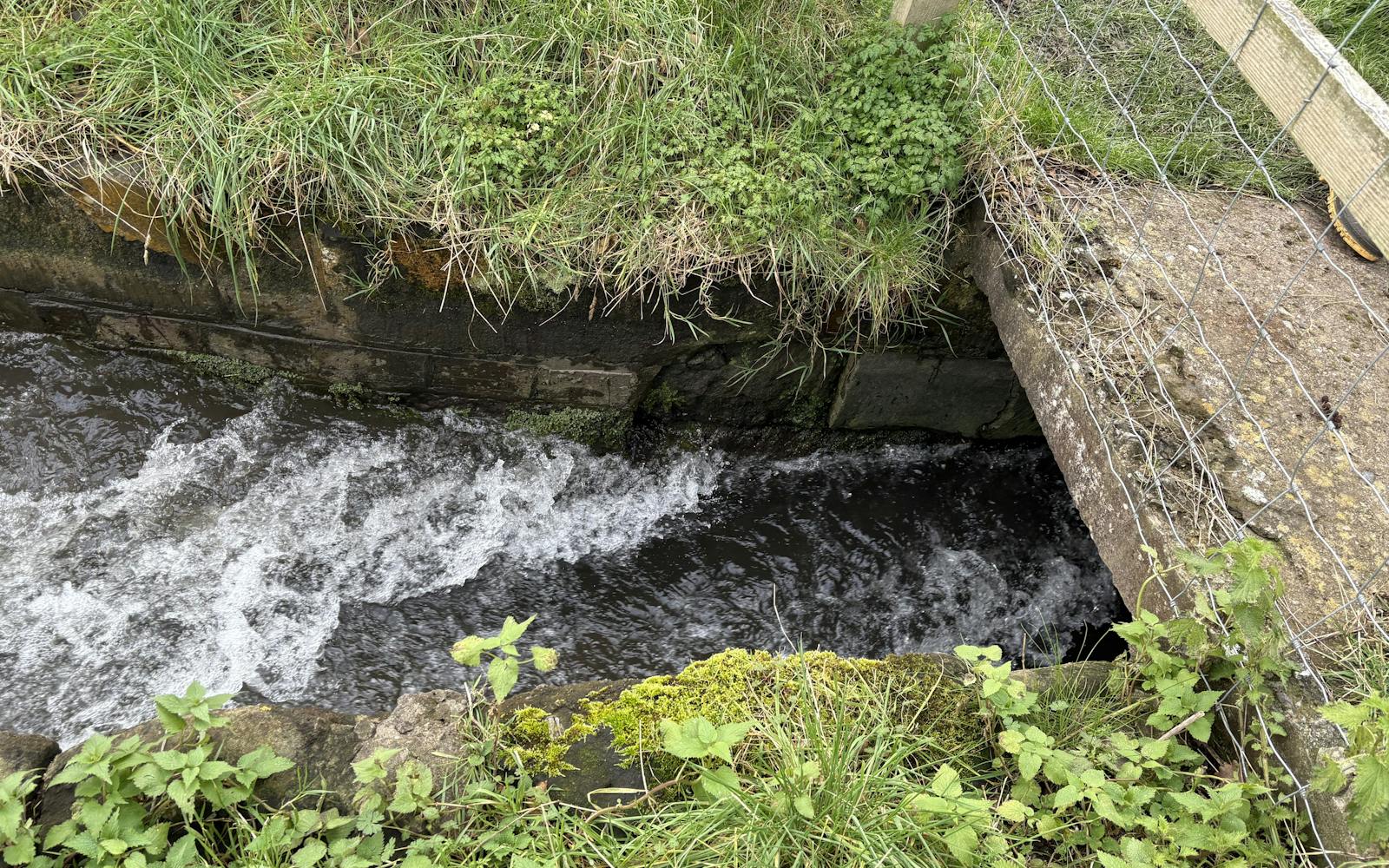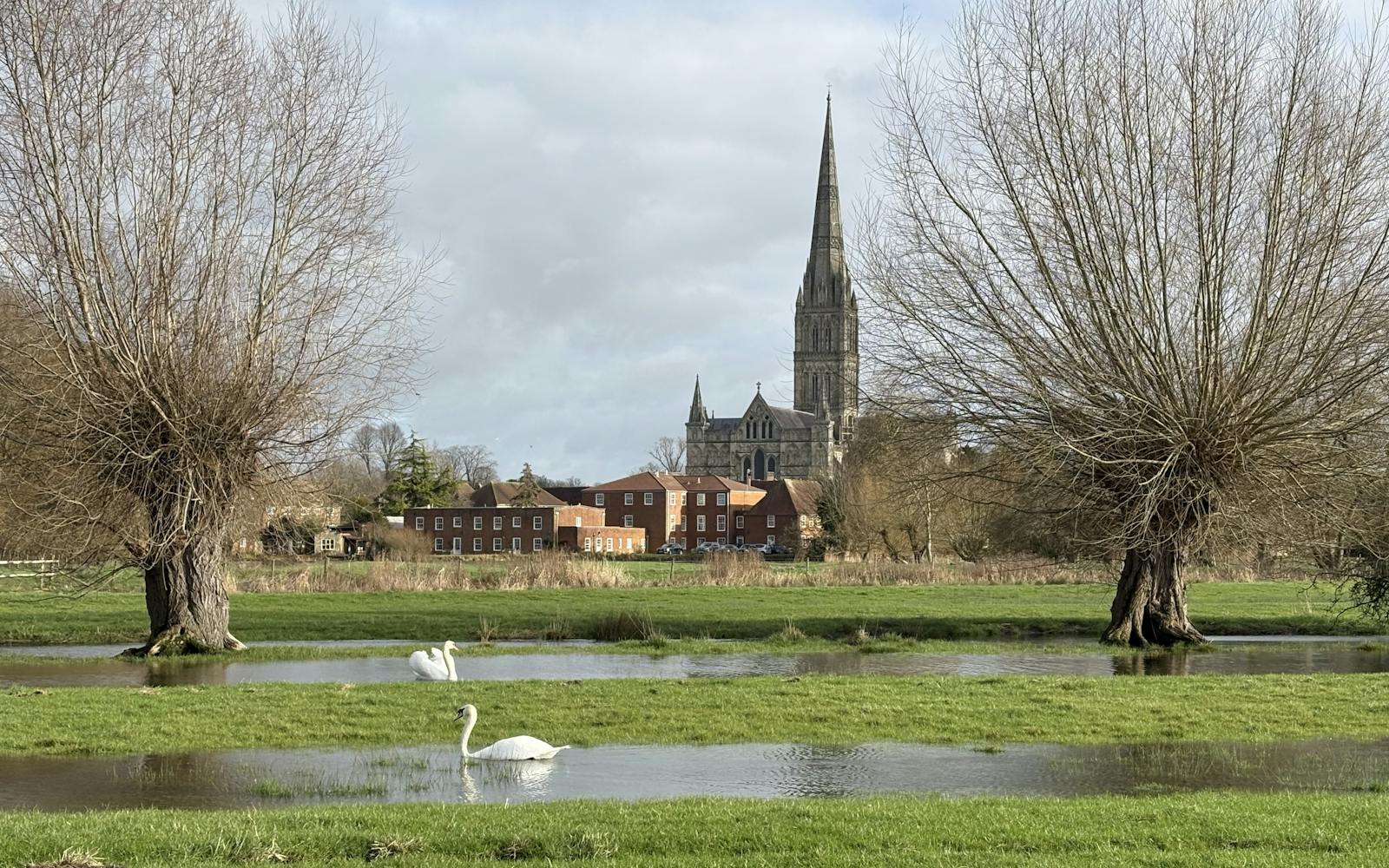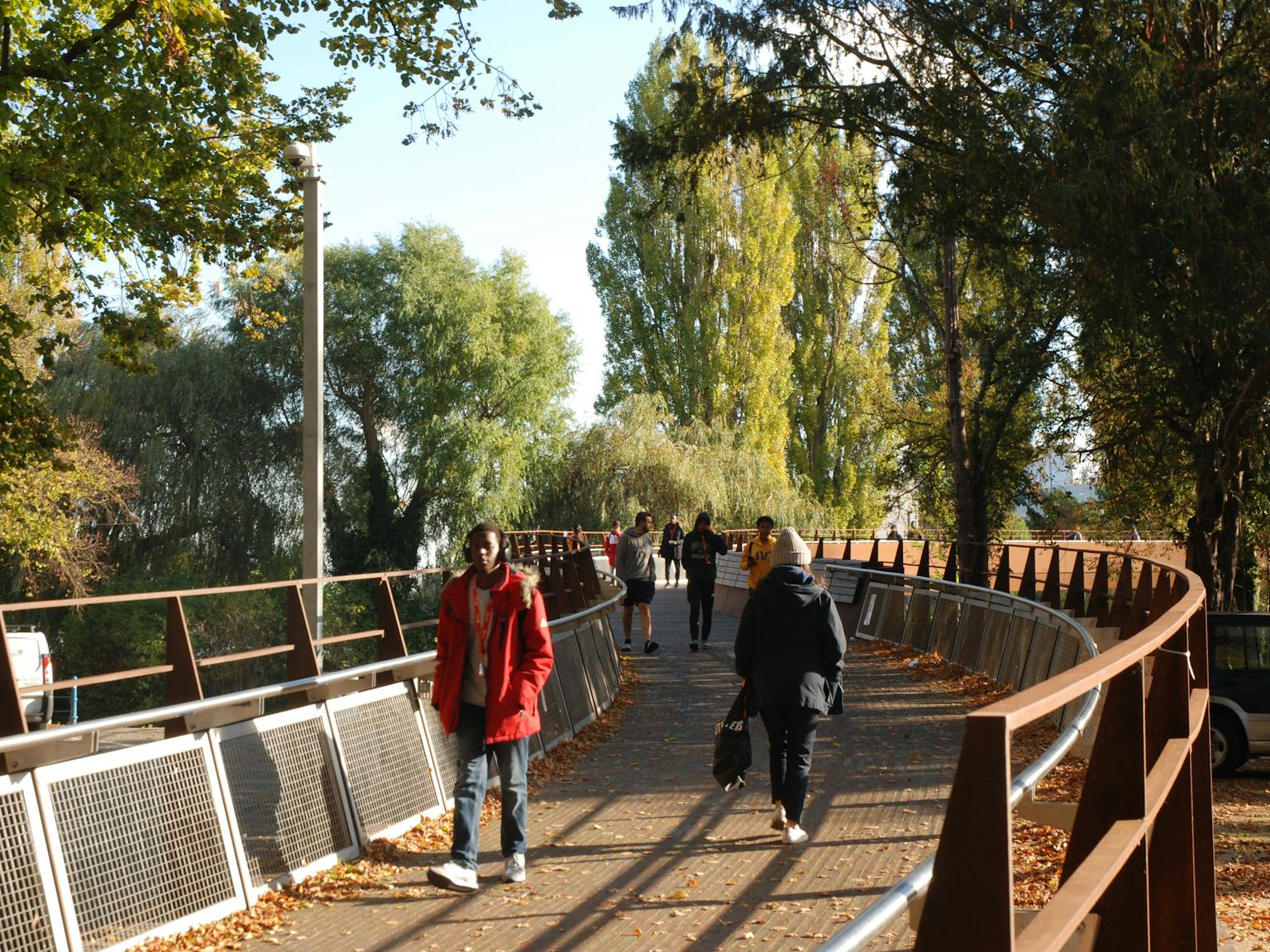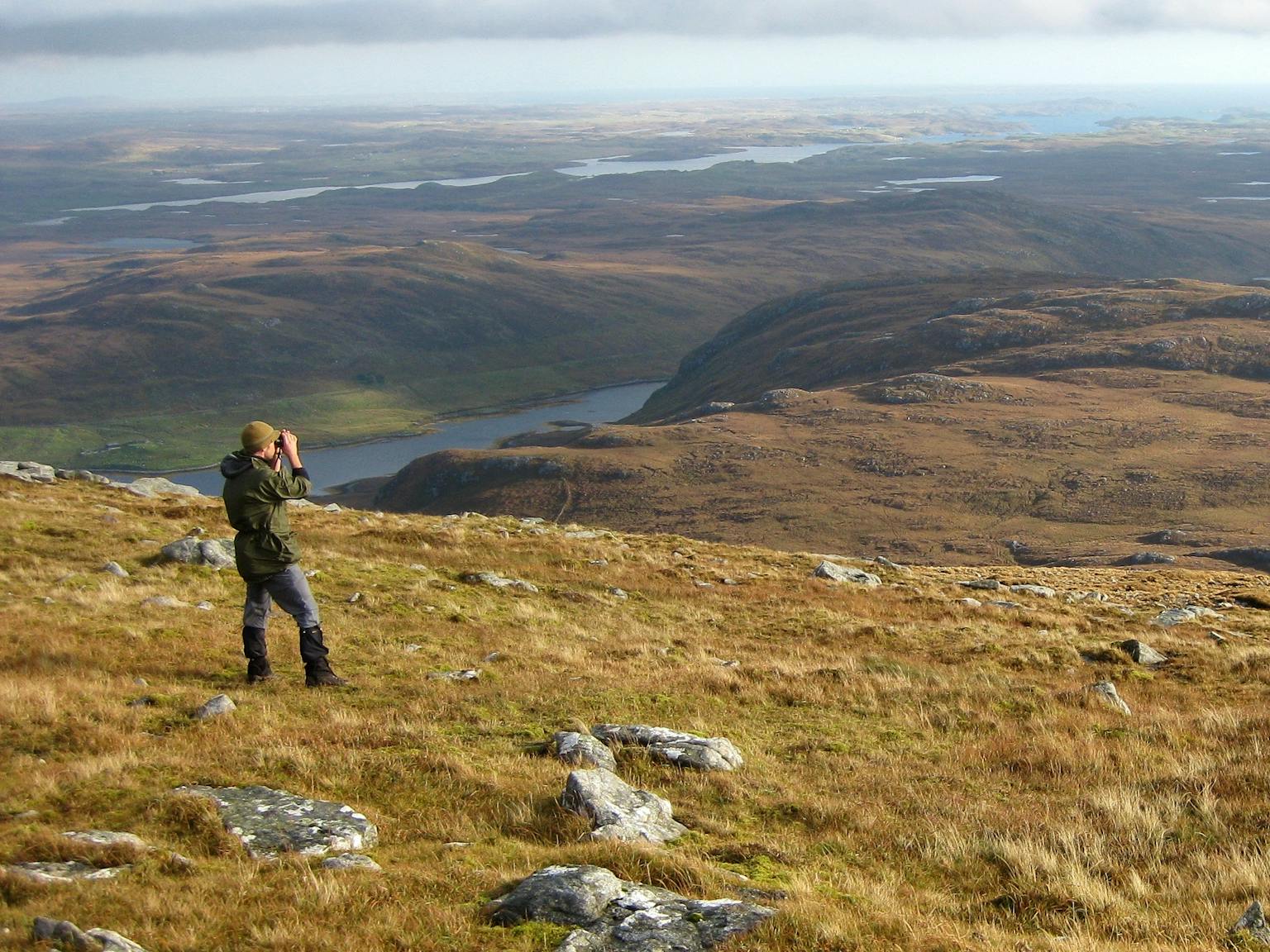
Options for Water Meadow Management
Informing the future of water meadows
LUC was commissioned to assess options for the conservation and management of historic water meadows. These landscapes are a distinctive feature of southern England, but they face challenges from changing land use, biodiversity decline, and climate pressures.
This work will provide evidence to guide sustainable management and safeguard their cultural and ecological value.

Balancing heritage and biodiversity
Water meadows are both heritage assets and important habitats. We are assessing how management can conserve archaeological features and support species-rich grasslands.
This dual focus ensures water meadows continue to tell their historic story while providing benefits for wildlife.
Evidence-led recommendations
Our team has reviewed past studies, current practice, and are carrying out survey work to assess local conditions. We are reviewing management options that are tailored to different meadow types and settings.
These options consider practical issues such as hydrology, grazing, and restoration.

Shaping practical guidance
The findings will evaluate the challenges and opportunities of managing water meadows in the traditional way, and report on how different meadows are being managed.
This will inform the advice, guidance and incentives needed to ensure their conservation in the landscape.
Supporting heritage landscapes into the future
Our work supports clients in making informed decisions about conservation. It also adds to the evidence base for protecting traditional rural landscapes under changing environmental conditions.














